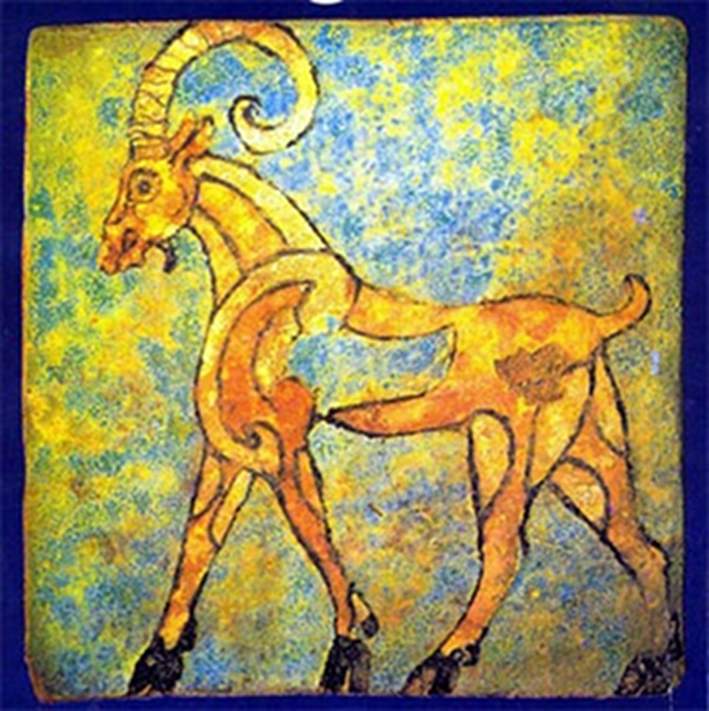If there will be a king who will remove this stele...be it in war or be it in peace, every pestilence that exists over the entire earth - may the gods inflict it on this palace, and he will be accursed before the gods and accursed before Haldi, (the god of Mushashir, a small independent state in the Zagros, and of the Urartian royal house).
May seven cows suckle a single calf, but let it not be sated; and may seven women bake in a single oven, but let them not fill it. And may the smoke of hearth and the sound of millstones be removed from his country; and may his land become a salt field. And against him may the commander-in-chief revolt. And that king, who will write upon this stele - may his throne Hadad overthrow, with Haldi, and for seven years may he not provide the grass of pasture in his county.
The so-called Bukan Stele, that seems to be the final passage of a treaty, goes back to early 8th century BC. The broken piece of stone is perhaps the most spectacular discovery in Qalaichi Tepe, 7 km north of Bukan, West Azarbaijan Province. It was found in 1985 by Iranian archaeologist Ehsan Yaghmaee and his team when they were dispatched to the area for rescue archaeology.
In 2003, Italian philologist Frederick Mario Fales with expertise in archaeology of Ancient Near East and Aramaic texts offered the above translation in his book ‘Evidence for West-East Contacts in the 8th Century BC: the Bukan Stele’.
The stele, together with a number of unique glazed bricks attracted the attention of archaeologists from across the world to Mannaean, a hitherto forgotten nation whose settlement sites included Qalaichi Tepe and Qale Bardine in Bukan and Rabat Tepe in Sardasht, both in West Azarbaijan Province, as well as many archaeological sites in Kurdistan Province such as Ziwiye in Saqqez County, where Mannaean studies as an independent field began in 1936.
The past several decades saw increased focus on Mannaean studies that started with archaeologists like Mirjo Salvini, specialist in Urartu and Urartian language, art historian Edith Porada, a leading authority on ancient cylinder seals and Robert Dyson who directed an excavation at the archaeological site of Hassanlou Tepe in West Azarabaijan from 1956 to 1977. The list also includes art historian Irene Winter with expertise in archaeological materials of the ancient Near East and T. C. Young who led an excavation at Godin Tepe, Kermanshah Province, said Iranian archaeologist Yousef Hassanzadeh at the seventh scientific seminar of the National Museum of Iran.
Exhibition
The seminar was held on September 6 on the sidelines of the exhibition ‘Mannaean Culture and Art’ that opened on August 28 at the National Museum in Tehran, and will run through November 18, according to the website of the museum (nmi.ichto.ir).
Conferees will discuss review Mannaean Culture and Art, Mannaeans among the Medes and Mannaean roots in ancient Median Culture.
Hassanzadeh, who is also director of the museum’s publications, presented an analysis of Mannaean art in glazed bricks, potteries, ivory and architecture.
Anthropologist and archaeologist Mehrdad Malekzadeh, with expertise in historical geography of the Media (Median territory) and Iron Age Iran, traced Mannaean roots in Achaemenid and Median arts and highlighted the position of the Mannaean nation among Proto-Iranian cultures and civilizations.
The exhibition has been enriched further with contributions from the Kurdistan office of the Iran Cultural Heritage, Handicrafts and Tourism Organization and the Ziwiye Cultural Heritage Center in Saqqez in Iran’s Kurdistan Province.


